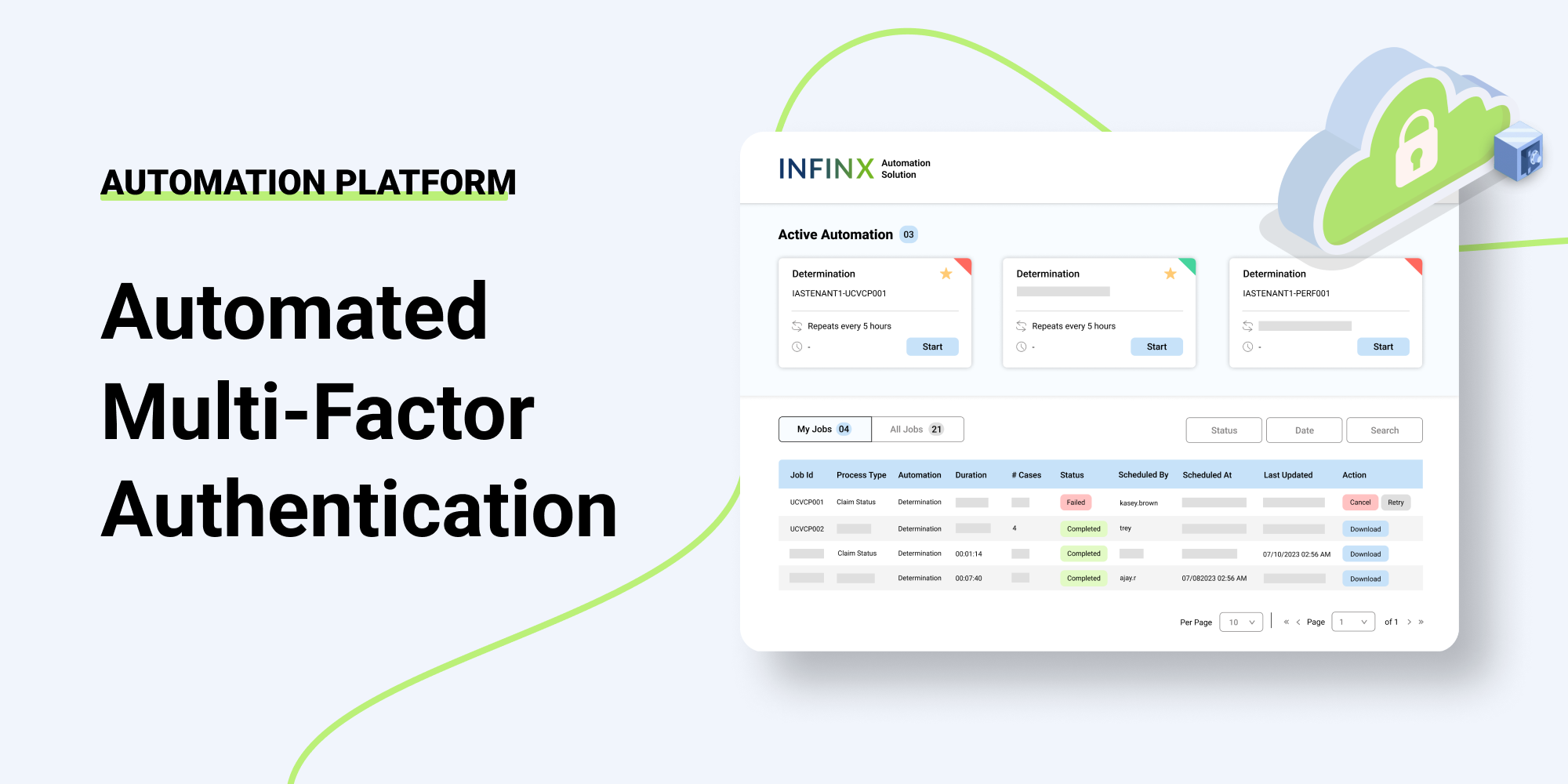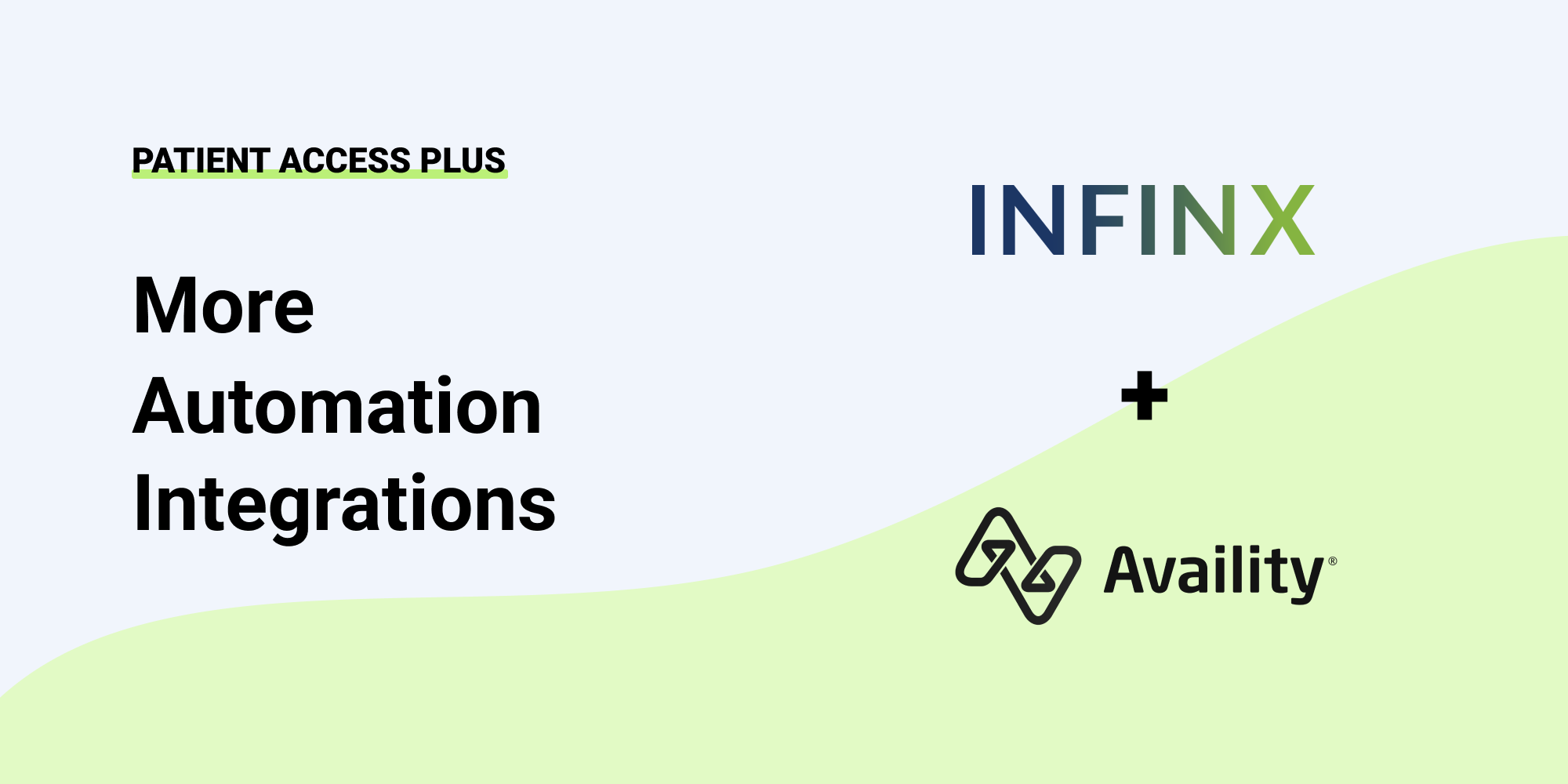Key Takeaways
-
Number of prior authorization requests hit a low point in April 2020. Numbers for prior authorization requests in radiology and orthopedics had largely recovered by July 2020 as patient care and elective surgeries were returning to normal.
-
Overall, there is an upward trend in the mean turnaround time (TAT) that started in May 2020 and has continued through March 2021.
-
With the projected increases in patient volume that are expected in the coming years, taming the operational costs of processing prior authorization requests will return your investment many times over.
By April 2020, the healthcare industry was in the full throes of the COVID-19 pandemic with conventional care coming to a grinding halt and elective procedures being canceled en masse. For the next several months, the healthcare industry in America suffered under the weight of patients requiring hospitalization from COVID, the breakdown of supply in personal protective equipment, and labor shortages from healthcare workers with the virus.
In the first months, practices began retooling their operations. With lightning speed, telehealth was adopted, work-from-home models took hold, and practices used the time to improve electronic systems that might otherwise have taken years to change.
Prior Authorization Requests as a Gauge of Improvement
Looking through the lens of prior authorizations, particularly radiology and orthopedics, we see the ebb and flow of demand for patient care over the last year. In analyzing multiple data streams, we at Infinx saw points of particular interest within our rich data environment using prior authorization turn-around time (TAT), or the time it takes a provider to authorize a prior auth request, as the defining parameter.
Prior Authorization Data Points
-
Number of prior authorization requests hit a low point in April 2020.
-
Any increase or decrease was correlated to geography and appears dependent on when they experienced their first wave of COVID-19. For example, Arizona, which experienced the first wave of covid in the summer, didn’t experience an initial drop in prior authorization requests until June.
-
Numbers for prior authorization requests in radiology and orthopedics had largely recovered by July 2020 as patient care and elective surgeries were returning to normal.
-
Turn-around time for prior authorization requests in radiology reveal a decrease in the median, but an increase in the mean, starting in May 2020.
This indicates that although a higher percentage of the requests had a lower TAT (were being authorized more quickly than before), the requests that were not authorized quickly had higher TAT than before May 2020.
-
For radiology clients overall, the highest mean TAT occurred in November 2020. This increase in mean TAT (carried by higher TAT in the top 25th percentile than in other months) in November 2020 is especially apparent for certain insurance providers.
Looking Forward in 2021
-
In 2021, we are seeing an increase in prior authorization requests for radiology especially in February and March. This does not hold true for orthopedics.
-
For radiology clients, we have seen a drop in the 75th percentile for TAT starting in November 2020 that was sustained through March 2021.
-
For radiology clients, we have seen a drop in the 75th percentile for TAT starting in November 2020 that was sustained through March 2021.
-
It remains to be seen how increasing vaccination rates and recurring lockdowns following the surge in Delta-related COVID cases will impact these trends.
To Summarize
As the initial wave of restrictions loosened up in April and people resumed their “normal” lives, patient care in practices and hospitals took on a familiar flow. With that, the number of prior authorizations largely returned to normal and, in fact, did not dissipate as previously expected. The respite encouraged many practices and hospitals to look at organizational improvements that would allow a much shorter TAT through advanced automation and the use of AI and machine learning algorithms.
By targeting the specific workflow of prior authorization requests, we can see their close correlation to the numbers of patient encounters. With the projected increases in patient volume that are expected in the coming years, taming the operational costs of processing prior authorization requests will return your investment many times over.
Contact us today to request a demo or to discuss how Infinx’s Prior Authorization Software can improve your bottom line as well as your patient’s overall experience within your organization


